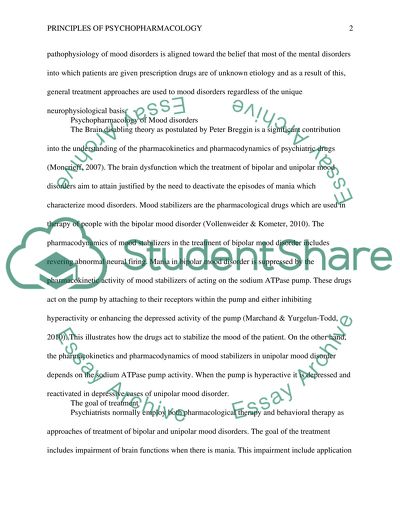Principles of Psychopharmacology Essay Example | Topics and Well Written Essays - 750 words. Retrieved from https://studentshare.org/psychology/1447969-principles-of-psychopharmacology
Principles of Psychopharmacology Essay Example | Topics and Well Written Essays - 750 Words. https://studentshare.org/psychology/1447969-principles-of-psychopharmacology.


